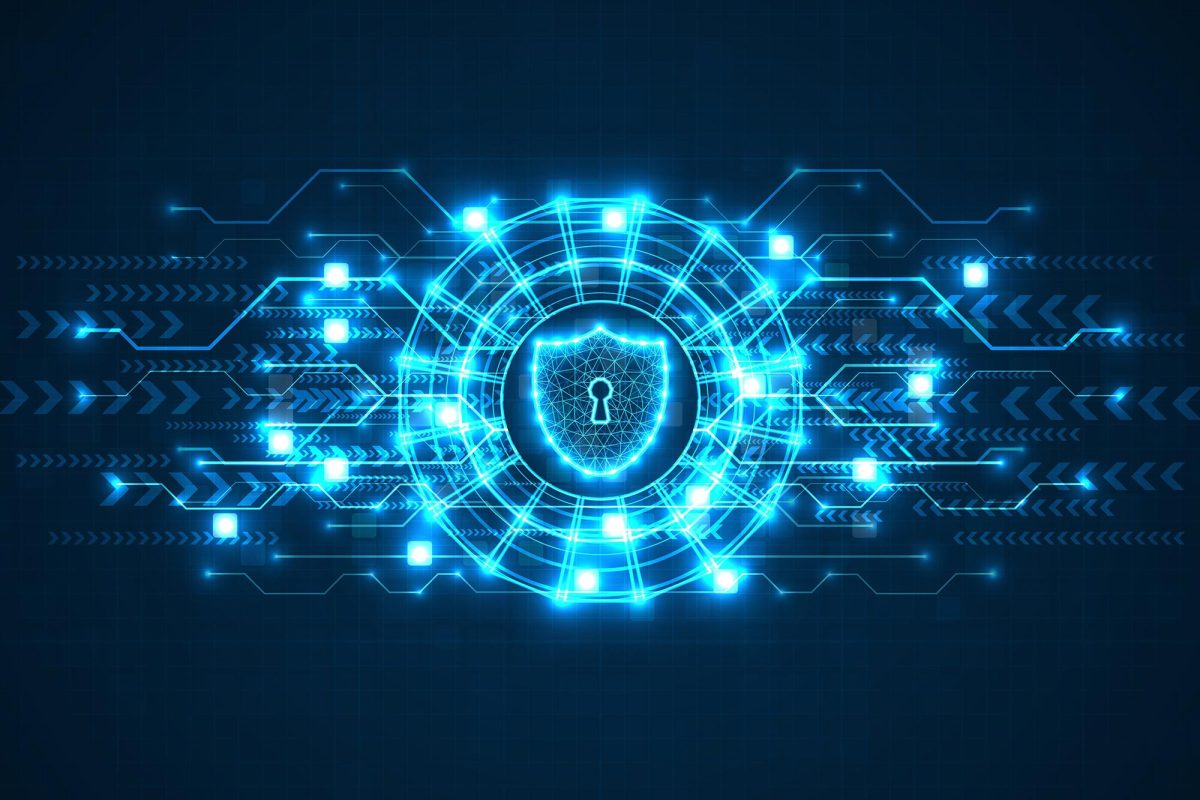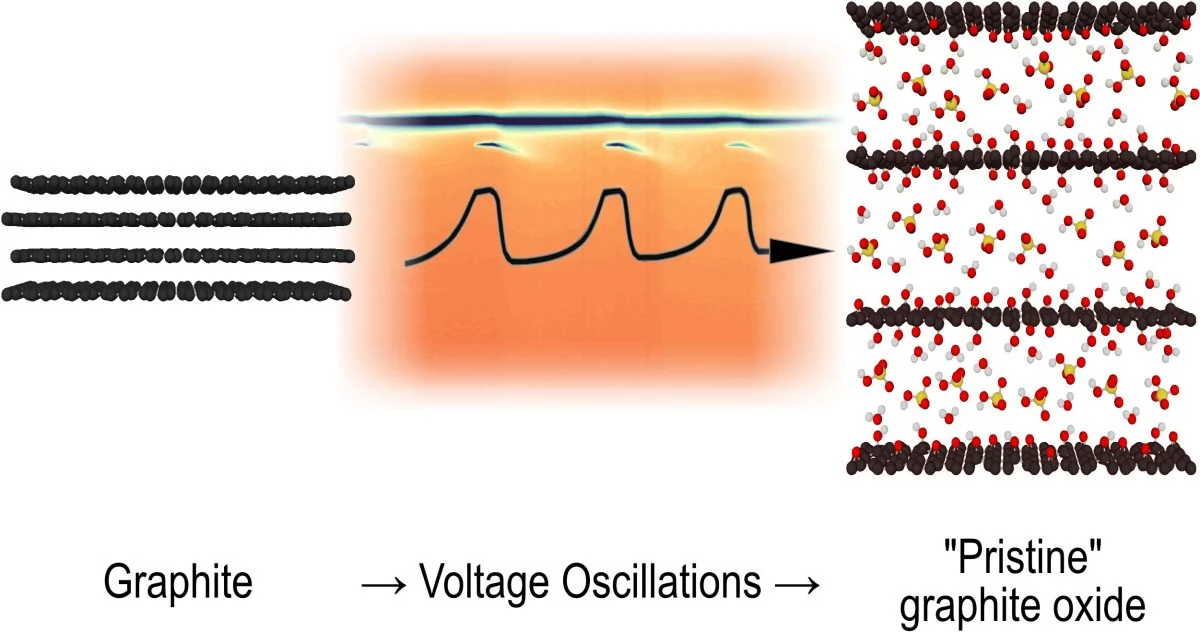"Utilizing quantum mechanics, MIT has developed a protocol that secures data during deep-learning processes on cloud servers, ensuring both privacy and model integrity with a high accuracy rate." (ScitechDaily, MIT’s Quantum Locks Tighten Security on Cloud AI)
The new AI networks require enhanced data protection. Data protection must be very important, or the attackers can see everything that the AI-based network does. Another thing is that data security protects data from the outcoming effects. Physical data security, like denying the outside field interaction with data denies the damages from the data.
Quantum networking can mean that the system cuts the data flow to multiple frequencies and routes. That thing enhances communication security. The system can also change the order of data bites. Or if the message is not urgent but requires high security. The transmitter can keep long breaks between the data segments. It can connect those data segments or data packages to multiple other messages.
That means the important message is hard to find. In this case, I mean that all important messages don't require immediate reaction. The system can encode information using quantum binary numbers, which are extremely long binary numbers. The bigger problem is that new things like military drones require ultra-secure data transmissions. The virtual quantum system uses multi-channel data transmission, there the system transmits information using multiple frequencies at the same time.
"MIT researchers have developed a security protocol that leverages the quantum properties of light to guarantee that data sent to and from a cloud server remain secure during deep learning computations. Credit: Christine Daniloff, MIT; iStock" (ScitechDaily, MIT’s Quantum Locks Tighten Security on Cloud AI)
Virtual quantum computers can use microwave amplification by stimulating the emission of radiation, MASER. Radiowave amplification can be achieved by using stimulated emission of radiation, RASER. Or radio-masers to aim at data transmission waves with very high accuracy. The system can use multiple frequencies, and like in some models, each radio or microwave frequency is one state of qubit.
"Quantum computers use qubits, which can exist in multiple states at once, allowing faster calculations than classical computers. A new modular approach for scaling quantum processors proposes using flexible long-distance links between qubits, offering enhanced scalability and control while reducing the challenges of frequency matching and photon leakage." (ScitechDaily, New Research Unveils a Scalable Path to Quantum Processors)
The other version is that. Each layer in the TCP/IP protocol will turn into one state of the qubit. The system can also send information using all those layers at the same time. The virtual quantum computer can use the system that shares data into those layers or states.
First, the binary system transfers data to the terminal. Then the system shares those data packages into its layers or states. After that system simultaneously transports those data packages through those quantum layers, quantum channels, or, states or routes. In quantum computers, the qubit can transmit data to those channels state by state. Each radio frequency in ln a long-distance quantum data transmission is one state of qubit.
The ability to control graphite and carbon oscillations makes it possible to control the nanotubes. In quantum computers, the system pulls superposition and entanglement through the nanotubes. And that's why. It's an important thing to stabilize the nanotube.
"Umeå University’s study reveals a new type of oscillating reaction where graphite converts to graphite oxide, with intermediate structures that appear and disappear, hinting at broader implications for chemical theory." (ScitechDaily, Scientists Solve a 50-Year Puzzle: The Oscillating Dance of Graphite Explained) The ability to control that process makes it possible to stabilize the nanotube.
The quantum computers can use graphene nanotubes to pull quantum entanglement through them.
The real quantum computers make the quantum networks possible. The quantum networks are the systems where information travels in quantum entanglement. In some models, graphene or fullerene nanotubes are the tools that make quantum networks possible.
The system must only stabilize the nanotube. Made by using the graphite tube. And new experiments help to solve the graphene or graphite oscillation. If the system is in a vacuum that denies the nanotube oxidation and removes the oscillation in graphite and fullerene or graphite nanotube. The ability to remove the oscillation in the graphene nanotube.
https://scitechdaily.com/mits-quantum-locks-tighten-security-on-cloud-ai/
https://scitechdaily.com/new-research-unveils-a-scalable-path-to-quantum-processors/
https://scitechdaily.com/scientists-solve-a-50-year-puzzle-the-oscillating-dance-of-graphite-explained/
https://en.wikipedia.org/wiki/Qubit
https://en.wikipedia.org/wiki/Transmission_Control_Protocol









No comments:
Post a Comment
Note: Only a member of this blog may post a comment.